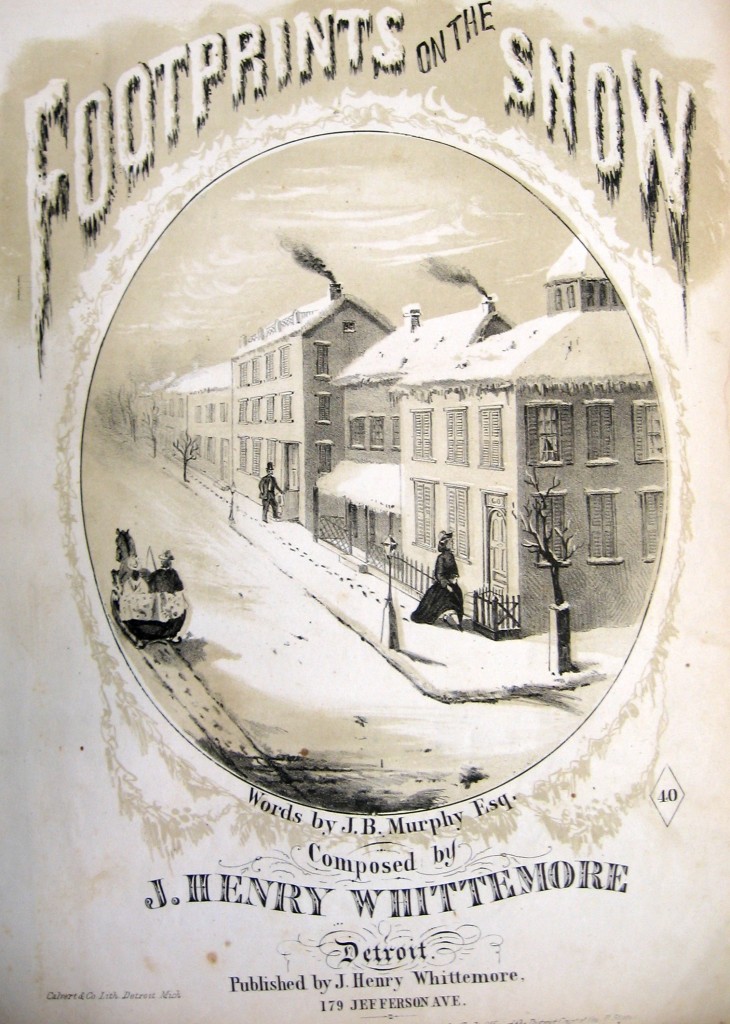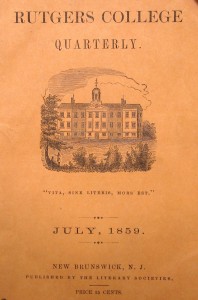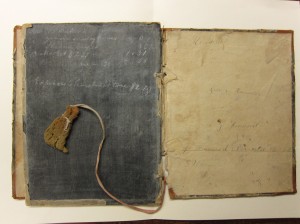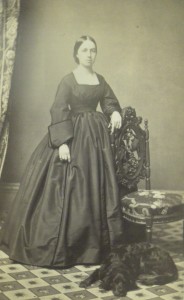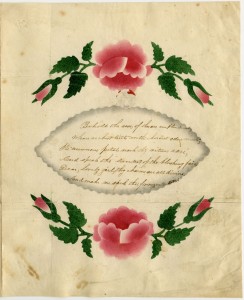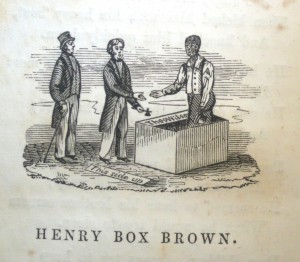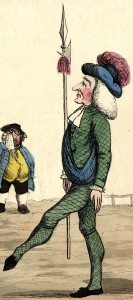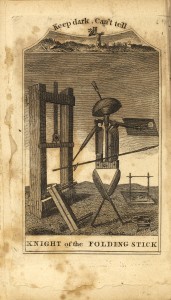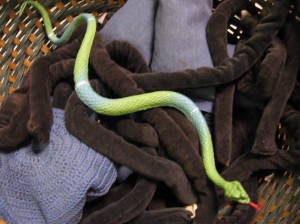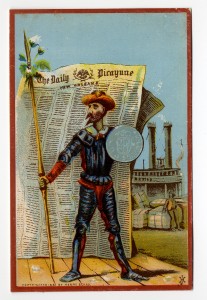
What do we think about when we think about the history of the book in the U.S. South (for those of us prone to think about such things, that is)? It is received wisdom that the South was much less industrialized than the North in the first half of the nineteenth century. And, if print ...


